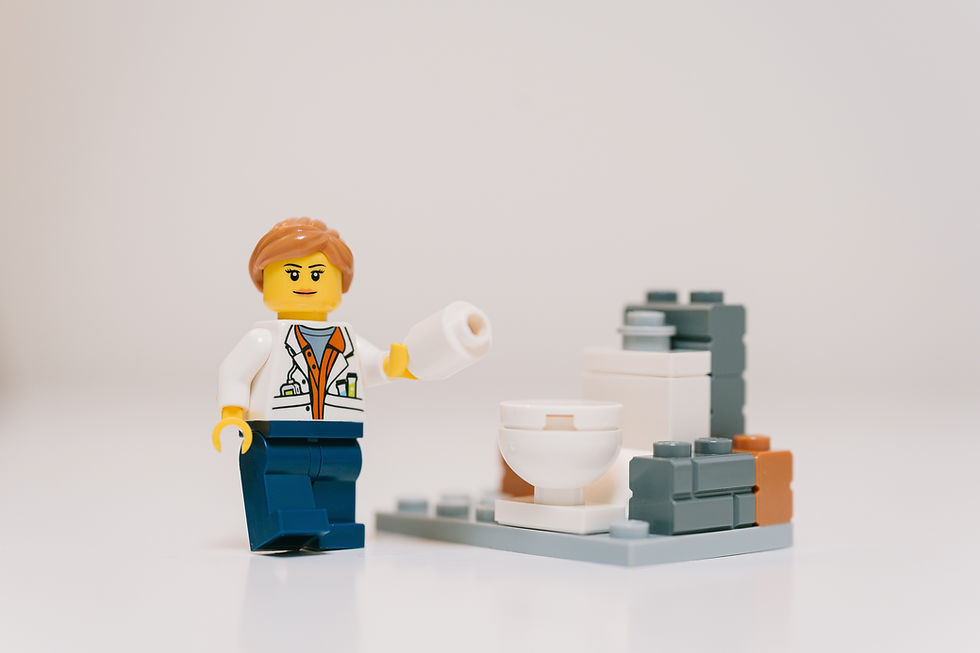Autism and Routines: Vital Need or Perceived Rigidity?
- Florence DEMOURANT
- 3 juil.
- 2 min de lecture
In autistic individuals, the attachment to routines is often misunderstood. Frequently labelled as inflexible or obsessive, this reliance on structure is actually rooted in a very real neurological necessity. Far from being an emotional or psychological flaw, it is a powerful regulatory mechanism that helps reduce overload and maintain a sense of internal stability.
Structure as a Neurological Need
Autistic brains process information differently — with heightened sensitivity to sensory input, increased cognitive load in social interactions, and difficulty anticipating change. In this context, routines provide a crucial anchor.
They are not about control for control’s sake. They are about predictability, and thus safety. Repeating the same actions, following a known sequence, using the same path — these are ways of reducing the mental effort required to decode an unpredictable world. Without these familiar structures, the autistic brain is constantly adapting, often at the cost of exhaustion.
It’s Not Rigidity. It’s Regulation.
We often hear terms like “rigid thinking”, “inflexibility”, or “obsessive behaviour”. But this language ignores the adaptive value of routines for autistic people.
Imagine waking up every day in a different home, with a different layout, different rules, different people. That’s how many autistic individuals experience daily life — constantly decoding, adjusting, regulating. A routine is not a prison. It’s a scaffold. And when that scaffold is removed without warning, everything collapses.
The Research Perspective
Several studies highlight the neurological and hormonal impact of disrupted routines in autistic individuals. Changes in predictable patterns increase cortisol levels (the stress hormone) and reduce activity in the prefrontal cortex, which is responsible for planning and emotional regulation (Corbett et al., 2006; South & Rodgers, 2017).
Far from being a behavioural quirk, routines are associated with a reduction in anxiety, better sensory tolerance, and improved executive functioning.
Helpful Routines vs Constraining Routines
Not all routines are equal. Some help us regulate and function. Others may become restrictive or anxiety-driven. The key is not to pathologise the routine itself, but to ask: Does this help me feel safe, regulated, and capable?
When a routine protects and structures daily life, it deserves to be respected. When it becomes a source of distress, it’s worth exploring — gently, and with support — how it can evolve.
Different Types of Routines
Sensory routines (same breakfast, same clothes, same music): to maintain regulation
Social routines (same script, same order of interaction): to reduce the unpredictability of others
Cognitive routines (same mental paths, same response strategies): to anchor thinking and focus
Each routine has its own purpose and can evolve over time — but always through personal choice, not external pressure.
In Summary
Routines are not signs of dysfunction. They are signs of an intelligent system seeking balance.
Instead of fighting them, we can learn to understand and support them.
📚 Further Reading:
Corbett, B. A. et al. (2006). Cortisol circadian rhythms and response to stress in children with autism. Psychoneuroendocrinology.
South, M. & Rodgers, J. (2017). Sensory, emotional and cognitive contributions to intolerance of uncertainty in autism spectrum disorder. Journal of Autism and Developmental Disorders.
Kapp, S. K. (2020). Autistic community and the neurodiversity movement: Stories from the frontline. Palgrave Macmillan.




Commentaires